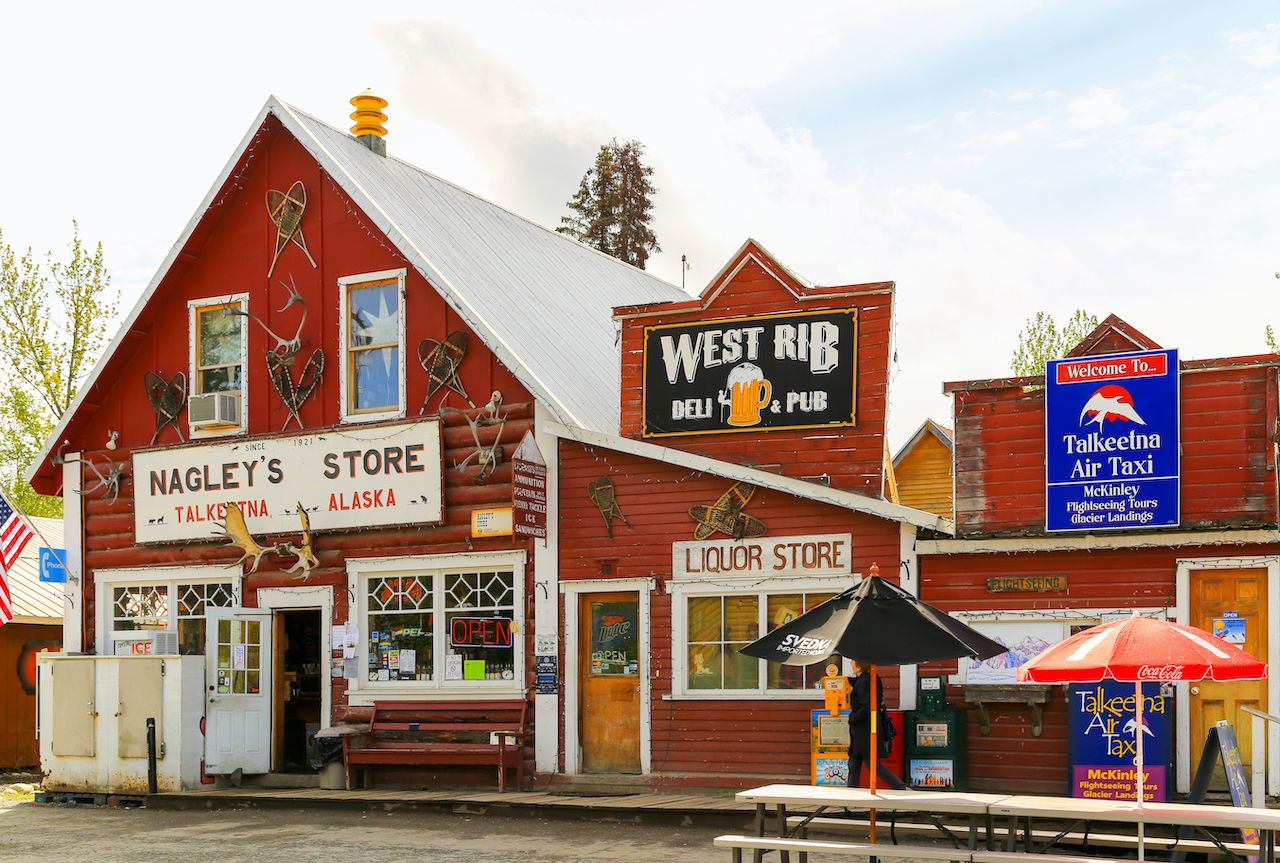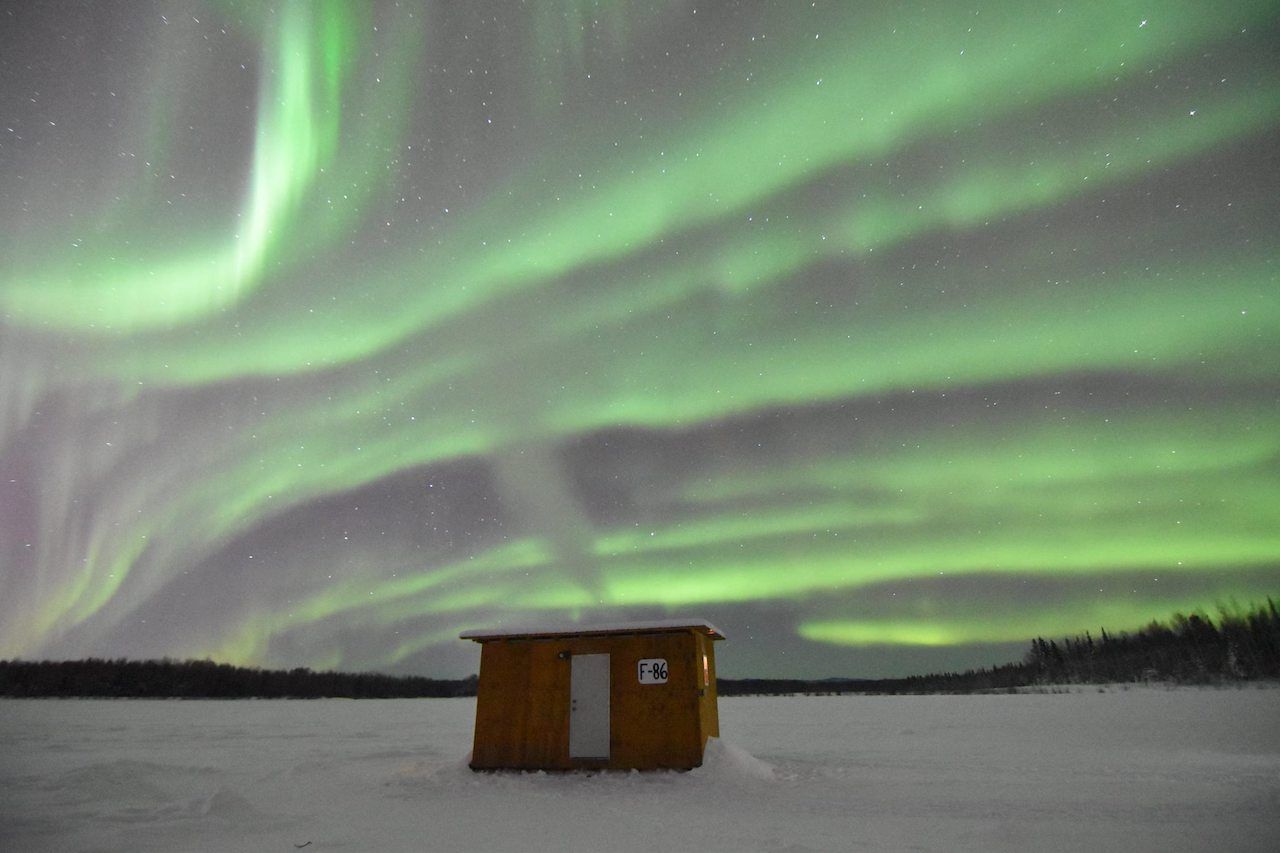“You’re driving through Alaska in February?” said my local bartender, looking up from the tap as though I had told her I wanted to wrestle a polar bear. “You know the highway is, like, a huge sheet of ice, right? If you don’t have four-wheel drive, you’re screwed.”
As it turns out, she was born and raised in Fairbanks, and I was suddenly terrified of what I had signed up for.








